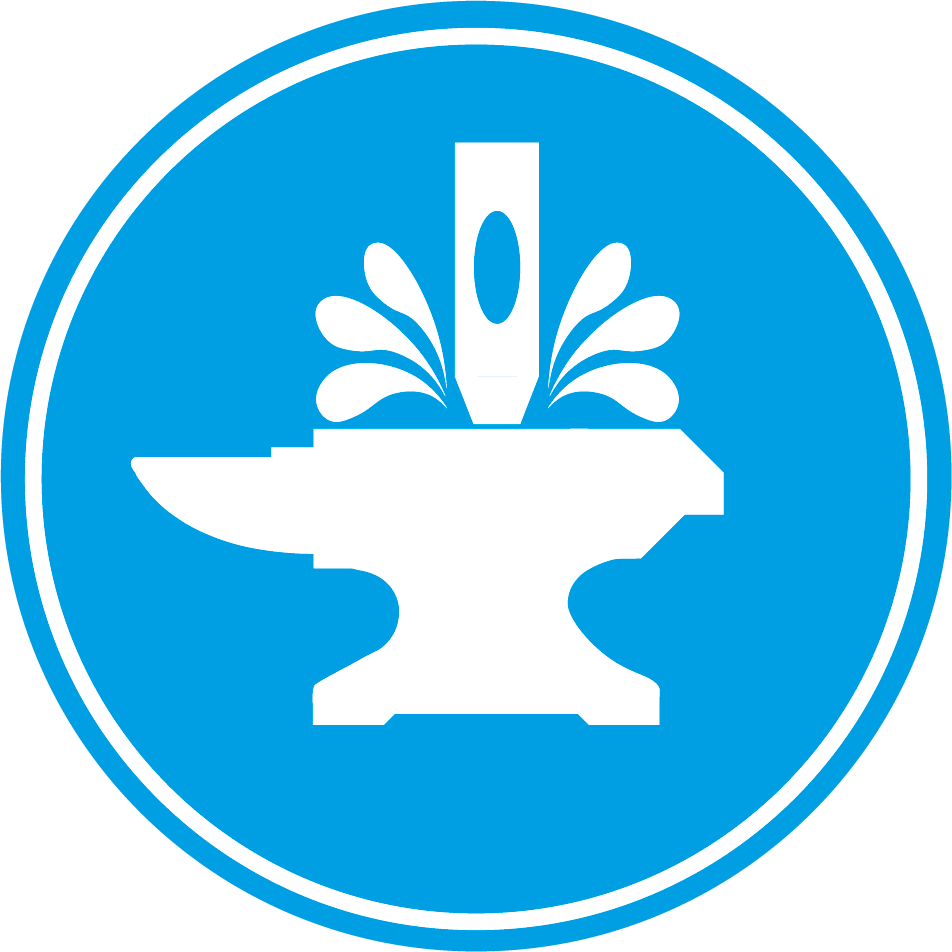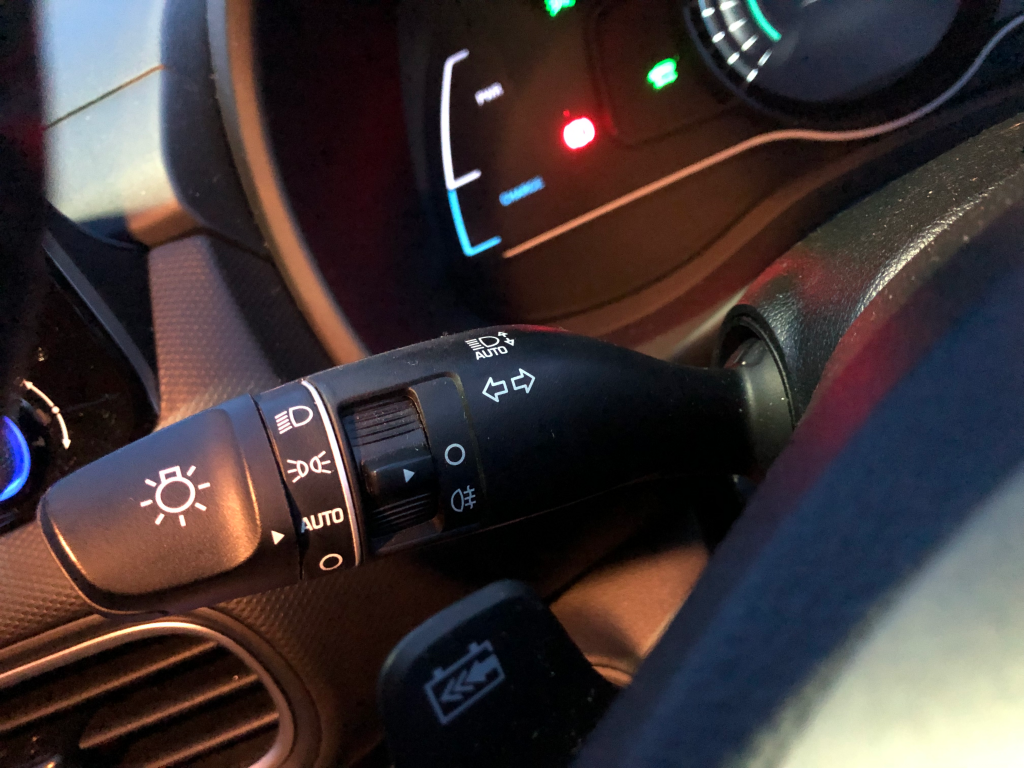At the start of your driving test the examiner will carry out a number of checks. They will check your driving licence and ensure that your signature matches that on the photo card. They will also check your eyesight by asking you to read a registration number at a distance of 20.5 meters. Then they will ask you a tell me question.
There are 14 questions in total, though if you present to test in an Electric Vehicle, you can only answer 12 or 13 of them using the car you are using. 3 of the questions require you to show them how you would open the bonnet first.
This article covers all the questions and the correct answers. Below each answer, where appropriate, there is a drop down menu which will give additional information on why you need to do these things.
1) Please SHOW ME how you would open the bonnet and then TELL ME how you would check the vehicle has sufficient engine oil?
This is the one question you cannot answer with most electric vehicles as they don’t use engine oil. However, you can either ask for a different question or you can tell them what you would do if the car did take oil.
Opening the bonnet is simple. Locate the bonnet release which is going to be either in the drivers or front passengers footwell. Pull on that then head to the front of the car. The bonnet will have popped open but you still need to release the safety catch. On the Hyundai Kona it is to the right of the Hyundai badge. Once you’ve released the safety catch, lift the bonnet and if it doesn’t have hydraulic lifter, find the supporting prod and locate it in the hole on the underside of the bonnet.

NOTE: The correct hole with have a little arrow pointing at it, there will be many holes under the bonnet, don’t pick the wrong one, it’s not safe.
If your car has oil, find the dip stick, point to it and then tell the examiner what you would do.
What you should do is remove the dip stick and wipe it clean, then put it back all the way and withdraw it again. Check the oil mark on the dip stick sits between the minimum and maximum markers. Replace the dipstick when you’ve done.
NOTE: Some cars have an electronic dipstick so you have to access the menus to check the oil. This is also true of many modern trucks.
2) Please SHOW ME how you would open the bonnet and then TELL ME how you would check the vehicle has sufficient coolant?
Check the answer above for instructions on how to open the bonnet. Also check before you get to the test centre if your car has coolant because some early EVs don’t. Most modern EVs do, in fact the latest cars from Renault and Nissan, the Megane E-Tech and Nissan Aryia have two coolant systems!
Locate the coolant reservoir, it will probably have a warning on the lid telling you not to open it when it’s hot. Point it out to the examiner and tell them:

You would look for the coolant level to be between the minimum and maximum markers. You will check the coolant on level ground and when the engine is cold.
3) Please SHOW ME how you would open the bonnet then TELL ME how you would check your vehicle has sufficient hydraulic brake fluid?
Check the first answer for instructions on how to open the bonnet.
Locate the brake fluid reservoir, look for the symbol opposite. In the Hyundai it is directly in line with the brake pedal which makes it easier to find. Check that the fluid sits between the minimum and maximum levels.
NOTE: If you find your brake fluid is low, but above the minimum, don’t top it up until you’ve had your brakes checked. As your brake pads wear, more fluid sits in the pipes rather than the reservoir in normal use and when you get the pads replaced you can then find you have too much fluid.
If you have to top up, make sure you use the correct grade of brake fluid, usually either DOT 3 or DOT4.


4) Please TELL ME how you would ensure your head restraint is correctly adjusted to provide maximum protection in the event of a crash?
The head restraint should be positioned so the firm part of the head restraint is level with your eyes or the top of your ears and as close to the back of the head as is comfortable.
NOTE: Some cars, particularly performance models, do not have adjustable head restraints.
5) Please TELL ME how you would check your power assisted steering is working before starting a journey?
Apply gentle pressure to the steering wheel before you start the car and maintain it while the engine or motor starts. You should feel the steering get much lighter during the start up, the wheel will probably move with just your little finger.
While driving, if the steering becomes heavy it can indicate a fault with the power assisted steering.
6) Please TELL ME how you would ensure your headlights and tail lights are working before starting a journey?
Turn on your dipped beam headlights. (Click here to see the show me questions which cover this.) You can now either:
- Get out and have a walk around and check the lights are working.
- Use reflections in windows or vehicles to check the lights are working.
- Ask someone to assist you.

7) Please TELL ME how you would ensure your indicators are working before starting a journey?
Use the hazard warning light switch to turn on all the indicators. You can now either:
- Get out and have a walk around and check the lights are working.
- Use reflections in windows or vehicles to check the lights are working.
- Ask someone to assist you.
NOTE: If a bulb has blown the audible indicator in the car will tick faster so you’ll probably know about it in advance.

8) Please TELL ME how you would check your brake lights are working before starting a journey?
Put your foot on the brake pedal to light up the brake lights. You can then:
- Use reflections in windows or other cars.
- Ask someone to help you.
NOTE: This is the different lights question. You need your foot on the brake so you cant get out and check yourself.
9) Please TELL ME how you would switch from dipped to main beam headlights?
To switch from dipped to main beam headlights in a Hyundai Kona you push the indicator stalk away from you towards the dash board. The green dipped beam light will go out on the dash board and be replaced by the blue main beam indicator. To turn them off you pull the indicator stalk back towards you and the dipped beam lights will return.


10) Please TELL ME how you would switch on your rear fog lights, how you would know they are on and when you would use them?
With your dipped beam headlights on, move the switch in the middle of the indicator stalk downwards. The rear fog light will come on and you will see the amber rear fog light symbol illuminate on the instrument cluster.
You would use rear fog lights when visibility is significantly reduced BY FOG.
Significantly reduced is anywhere below 100 meters. This can be judged as roughly two street lights ahead. 100 meters is also enough space for three well spaced lorries, so you can estimate that.
NOTE: Rear fog lights are very bright and can dazzle other road users. This is even more true when it’s raining. Don’t use rear fogs because of spray on a fast road, they are for FOG only.


11) Please TELL ME how you would find the correct tyre pressures for this vehicle and how you would check them?
You can find the correct pressures in the vehicle owners manual or manufacturers guide. In the Hyundai, they are also on a sticker on the inside of the drivers side door frame.
Use a reliable pressure gauge, such as the tyre pumps at a petrol station. Remove the tyre dust caps, apply the hose and check the pressure, add or remove air as necessary. This is automatically done at most petrol stations. Keep the hose on until you hear the beep. Then replace the dust cap and move on to the next tyre, repeat until you have done all the tyres.
If your car has a spare wheel remember to check the pressure on that.
Also remember to check the tyres when they are cold. Warm tyres give a false high read on pressure.
12) Please TELL ME how you would check your tyres have sufficient tread depth and are in generally good condition for use on the road?
Your car tyres must have a minimum of 1.6mm of tread covering the central three quarters of the breadth of the tyre and around it’s entire circumference. There should be no cuts or bulges to the side wall of the tyre.
Use a tyre tread depth gauge to check the tread of the tyre or you can use the wear indicators that are moulded into the tread of the tyre at regular points around the circumference. Check all the tread grooves at regular points around the wheel.
13) Please TELL ME how you would check your brakes are working before starting a journey?
Apply pressure to the brake pedal. It shouldn’t feel spongy or slack. (NOTE: There will be a very little bit of free play in the pedal but its less than a millimetre of travel when the brakes are in good condition) When you set off, try your brakes, the car shouldn’t pull to either side.
14) Please TELL ME how you would know if there was a problem with your anti-lock braking system?
When you first turn the car on the ABS light should come on for about five seconds then go out. If it doesn’t come on the bulb may have blown. If it doesn’t go out the system has detected a fault. If the light comes on while you are driving the system has detected a fault and you should get your brakes checked urgently.







1 Comment
Pingback: Your Questions Answered: Check your car – RPS Driven SoM